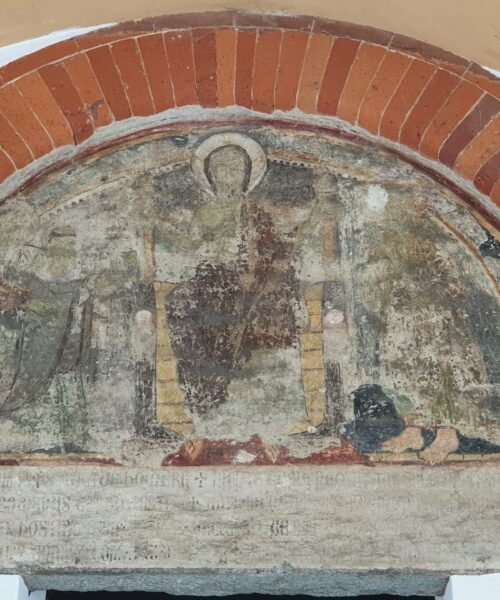
Dive into the Profound Artistry of Milan: A Reflection on Canova and Thorvaldsen’s Sculptural Genius
Milan, a city where art whispers through the streets, offered me the opportunity to immerse myself in the illuminating exhibition “Canova – Thorvaldsen: The Birth of Modern Sculpture.” Hosted at the Gallerie d’Italia, the exhibition stood as a visual symphony, awakening emotions and channeling profound thoughts.
The meticulous care with which Gallerie d’Italia presents works of such magnitude elevates the viewer’s soul. My experience, intensified by the privilege of photographing these marvels, embodied a collision between artistic passion and the fleeting nature of human experience.
Wrapped in this artistic abundance, I found myself gripped by what many recognize as Stendhal Syndrome: an overwhelming exhilaration that makes you feel utterly submerged in art.
In my critical analysis, I was particularly captivated by two emblematic representations of “Hebe,” created by masters Canova and Thorvaldsen. Each of these works, despite sharing the same subject, led the viewer in opposite directions through the artists’ stylistic and conceptual choices.
Antonio Canova, with his unmistakable mastery, presents an interpretation of Hebe charged with energy and movement. His Hebe seems as though caught in a moment of effervescent joy, nearly dancing in her role as cupbearer to the gods. The sculpture exudes a youthful lightness, as if the figure itself could levitate. Every line and curve of his work articulates a form of spontaneity, emphasizing the idea of youth in a perpetual state of exploration and discovery.
On the other side, we have Bertel Thorvaldsen’s representation, which seems to reflect a much more contemplative and reflective tone. His Hebe, contrary to Canova’s dynamic rendition, appears deeply rooted in the present, fully immersed in the solemnity of her divine role. Her posture is stable, her face serene yet determined, suggesting an inner life full of reflection and respect for the sanctity of the nectar she holds. While Canova celebrates the liveliness of youth, Thorvaldsen seems to honor the gravity and maturity that can emerge even in life’s quieter moments.
These two interpretations, although focused on the same subject, offer a contrasting study on the various facets of human and divine existence, as represented through the mythological figure of Hebe.
Observing the works of Canova and Thorvaldsen, it’s evident that both artists are deeply engaged in an artistic dialogue that explores the depths of human and divine condition. Their representations of Hebe, though distinct in style and approach, converge on a central theme: the inherent dualities of existence.
Canova, with his effervescent Hebe, appears to celebrate spontaneity and life’s brevity. The choice of using golden vessels to represent the nectar of the gods is significant. Gold, with its bright and captivating splendor, can be seen as a symbol of the ephemeral, of superficial charm and attraction. It’s the material that instantly catches the eye, representing outer beauty, that which can fade or change. Thus, Canova’s Hebe seems to dance between the lights and shadows of life, celebrating the present moment in its fleeting beauty.
On the other hand, Thorvaldsen takes an entirely different direction. His Hebe is grounded, pondered, almost like a silent meditation on eternity. The monolithic utensils, carved from the same Carrara marble as the statue, signify something more enduring and profound. There’s no distinction between the figure and the objects she holds; all is united, symbolizing an essence that goes beyond the surface. These monolithic utensils don’t shine like gold, but they possess a gravity and permanence that speak of transcendence, of an essence that exists beyond outer appearance.
Indeed, these two artists, through their interpretation of Hebe, offer us a reflection on the duality of human experience. On one hand, there’s the effervescent liveliness of youth and beauty, represented by gold and dance. On the other, there’s reflection, transcendence, and eternity, symbolized by monolithic marble and meditative posture. This dualism, present in many forms of art across centuries, finds a particular resonance in the sculptural choices of these masters, guiding the viewer into a profound reflection on the very nature of existence.
In conclusion, the exhibition provided not only a glimpse into the sculptural mastery of Canova and Thorvaldsen but also provoked deep contemplation on the very nature of art and its ability to capture the essence of human experience.











